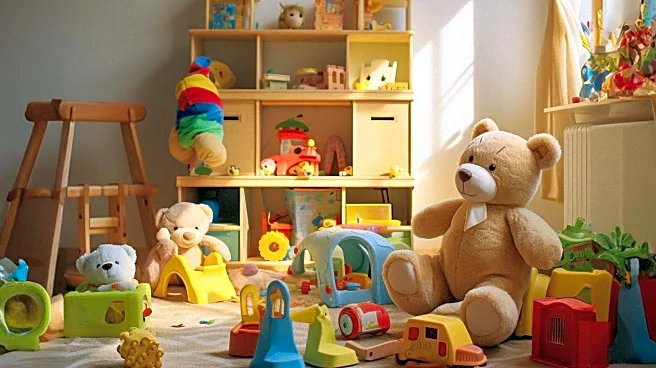What's Happening?
The 'slow fade' is emerging as a prevalent dating behavior, characterized by a gradual reduction in communication and effort in a relationship. Unlike ghosting, which is abrupt, the slow fade involves a slow withdrawal that can leave the other person confused and uncertain. Experts like Natassia Miller and Lilith Foxx explain that this behavior often stems from conflict avoidance and discomfort with direct communication. The slow fade can be psychologically taxing due to its ambiguity, and it raises questions about ethical dating practices.
Why It's Important?
Understanding the slow fade is crucial for individuals navigating modern dating landscapes. It highlights the importance of direct communication and setting boundaries in relationships. The trend reflects broader societal issues related to conflict avoidance and emotional labor in personal interactions. By recognizing the signs of a slow fade, individuals can take proactive steps to address relationship dynamics, potentially leading to healthier and more transparent interactions.
What's Next?
As awareness of the slow fade grows, individuals may seek to improve communication skills and address conflict directly in their relationships. Dating experts may continue to explore and provide guidance on navigating these behaviors, potentially influencing dating norms and expectations. The conversation around ethical dating practices may expand, encouraging more open and honest communication between partners.










